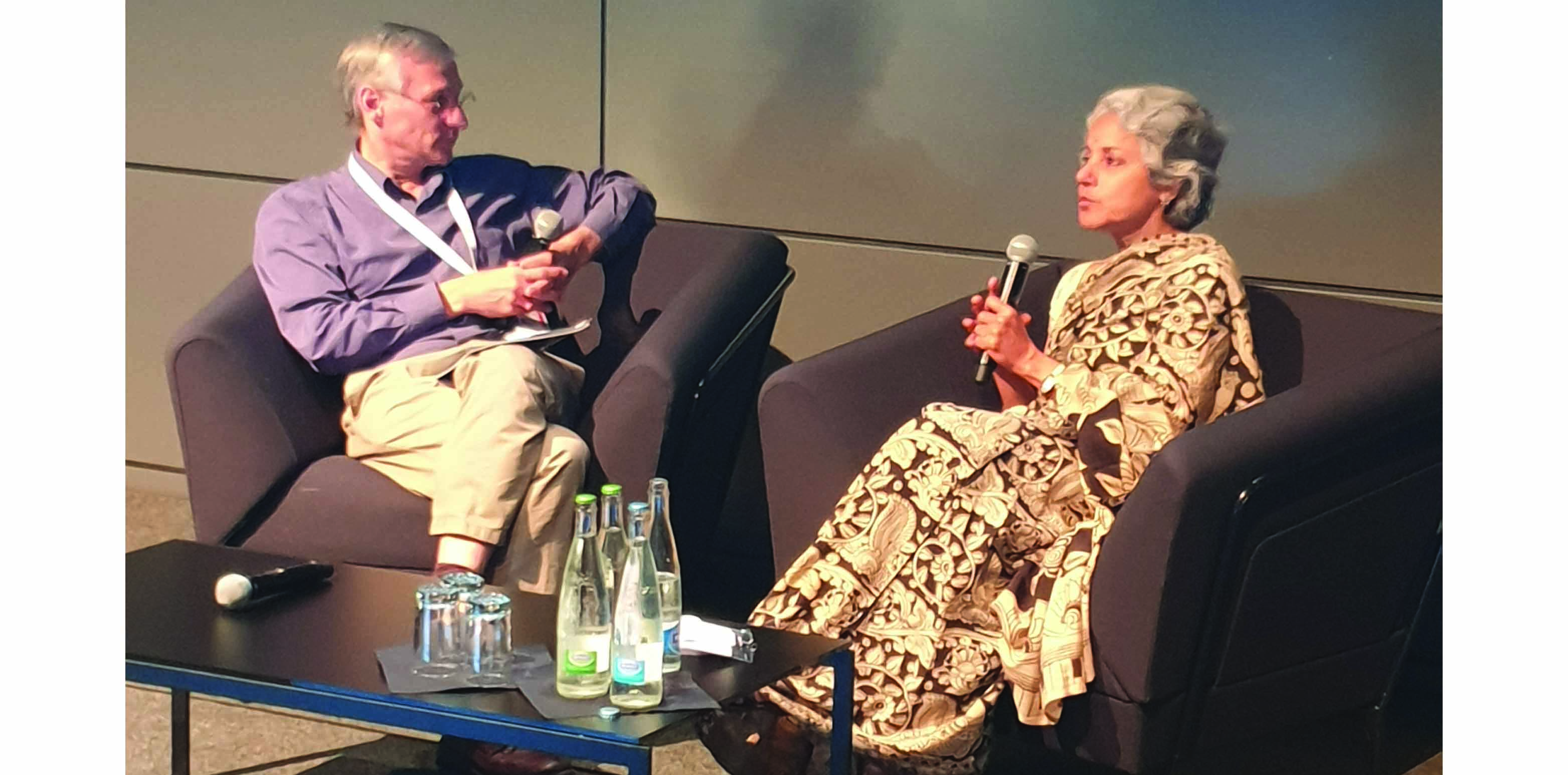The WHO's new Science Division will focus on the impacts on public health from emerging technologies
Dr Soumya Swaminathan, the first-ever WHO Chief Scientist, is turning her attention to digital health apps and the ethical challenges posed by artificial intelligence.
Speaking at the World Conference of Science Journalists in Lausanne, Switzerland this month, Dr Swaminathan outlined her priorities as the head of the WHO’s newly created Science Division, which oversees the Department of Digital Health.
“It would be impossible for us to regulate all apps,” Dr Swaminathan said.
“There are already thousands of health apps. But what we can do is provide the standards, which then countries can use to regulate which apps and which technologies actually have evidence behind them.”
Health apps were novel and exciting but there was a “very small evidence base of what works and what doesn’t work”, she said.
“Does it actually make a difference to somebody’s health? Does it make the life of a healthcare worker easier? These are things which need to be questioned.”
The Science Division, which was established in March this year, would also set up a committee to look at artificial intelligence and big data ethics, Dr Swaminathan said.
One of the well-known pitfalls of using algorithms in healthcare was using biased datasets used to train artificial intelligence.
“You train the algorithm on a particular set of data so if the data is all coming from western Europe, for example, that application may not work as well in Africa,” she said.
Dr Swaminathan is a paediatrician and the former director general of the Indian Council of Medical Research. She has spent her life researching tuberculosis and HIV and has advocated strongly for the rollout of the HPV vaccine, which remains controversial in India.
Dr Swaminathan said that she had learned to listen to the health concerns of communities over the course of her career.
“Very often doctors and scientists think we know what’s good for people … but I learned so much when communities actually turned around and questioned me.”
For example, when her research team was doing a project on TB in south India they spoke to some villagers who said that the lack of antibiotics to treat diarrhoea and infections in children was actually a much more pressing problem than TB.
“And I realised then that sometimes we are focused on what we are doing, and we don’t see the bigger picture,” Dr Swaminathan said.
One of Dr Swaminathan’s main priorities would be to empower researchers in low and middle-income countries to “work on the diseases that they think are important”, she said.
“Ninety-nine percent of global research funding today goes to researchers in high-income countries,” she said.
“Of the 1% that goes to low income countries, most of the research money is going to communicable diseases, whereas we know that the burden has shifted to non-communicable diseases today.
“So, researchers in developing countries say they don’t have a voice yet in being able to drive the research agenda so that I think the WHO has the responsibility to try to correct that.”
In his interview with Dr Swaminathan, The Financial Times’ Andrew Jack (pictured) asked: “Why does the WHO need a chief scientist?”
Dr Swaminathan said the Science Division was the result of introspection on the part of director general Dr Tedros Adhanom Ghebreyesus, who wanted to make the WHO “fit for the 21st century”.
“It was WHO’s 70th birthday last year,” she said. “And we decided this was the time for change.”
The Science Division would aim to “stay ahead of the curve, to be proactive rather than reactive, to anticipate things that could happen, especially in areas where there might be impacts on public health from emerging technologies”, she said.


